Face and neck lift surgery must be individually tailored to achieve a natural result. Dr. Vaca has published extensively on facial aesthetics in the premier plastic surgery journals, including Plastic and Reconstructive Surgery & The Aesthetic Surgery Journal. Dr. Vaca’s elite training and a keen eye for detail can help you attain a more revitalized and youthful facial appearance.
In many ways, the term “facelift” is a misnomer, as it is not as simple as tightening and removing loose facial skin - tightening skin alone can result in a tight and unnatural appearance. Dr. Vaca individually analyzes each face and discusses each patient’s goals to optimize their result.
With age, the face can lose volume in the cheeks, temples, and around the eyes and lips and gain extra fat deposits in the neck and jowls. Loss of skin elasticity and neckline definition, and the development of neck bands are also common aging concerns. A modern and artistically executed face & necklift involves restoring youthful facial fat distribution via selective removal and addition of volume.
This procedure also involves tightening the deeper layer of the face, known as the SMAS and platysma muscle, followed by judicious removal of excess skin to achieve a beautiful and natural appearing result.



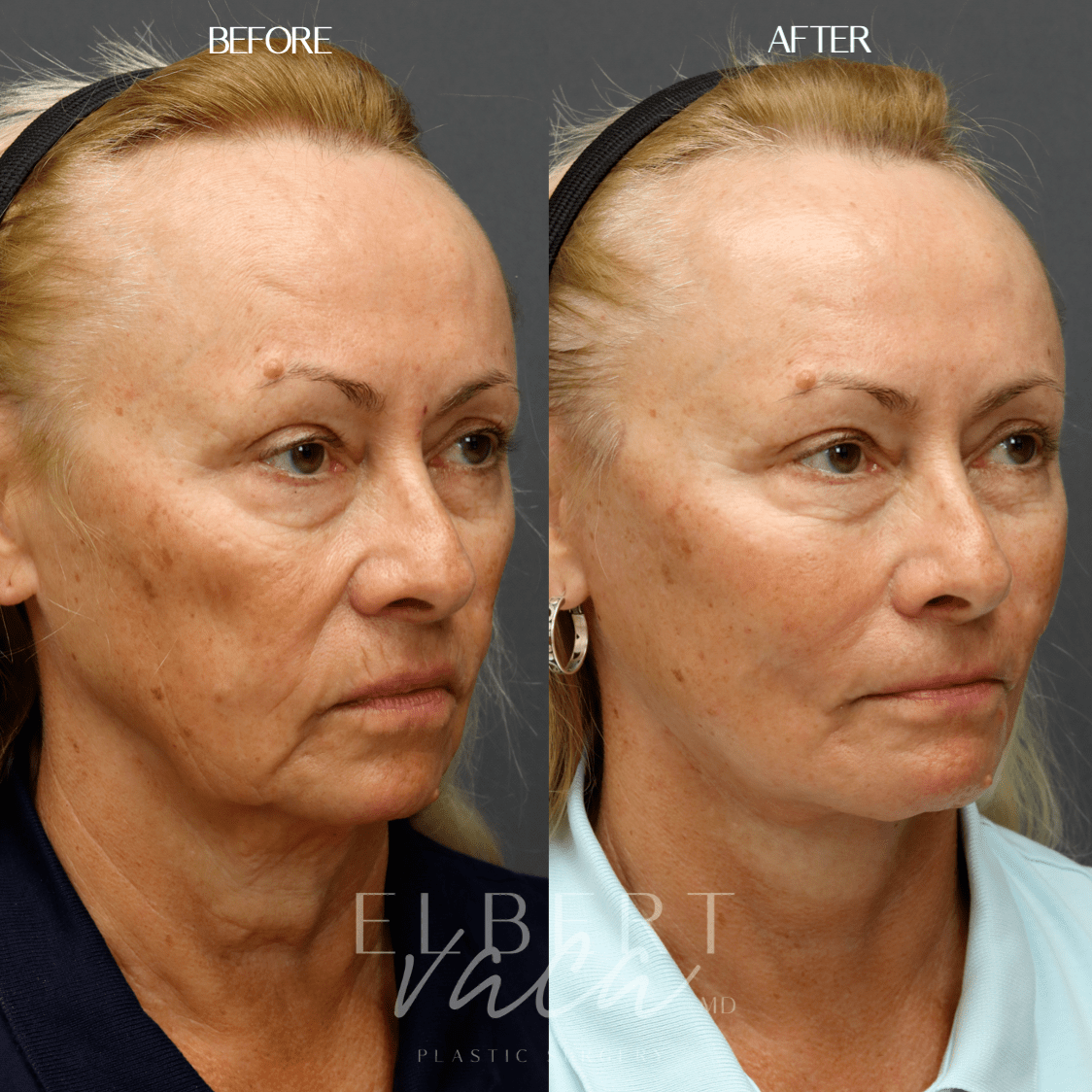
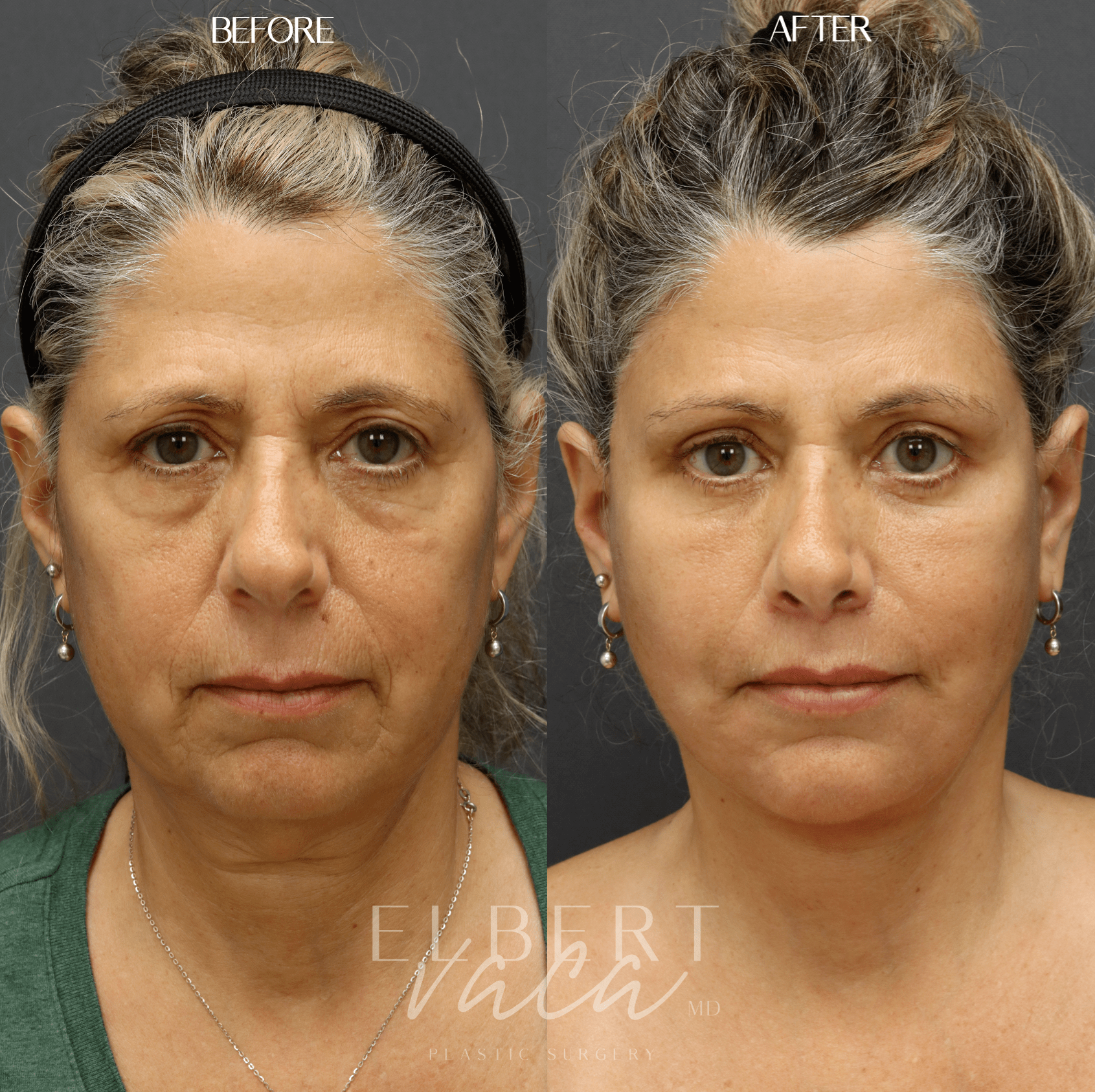
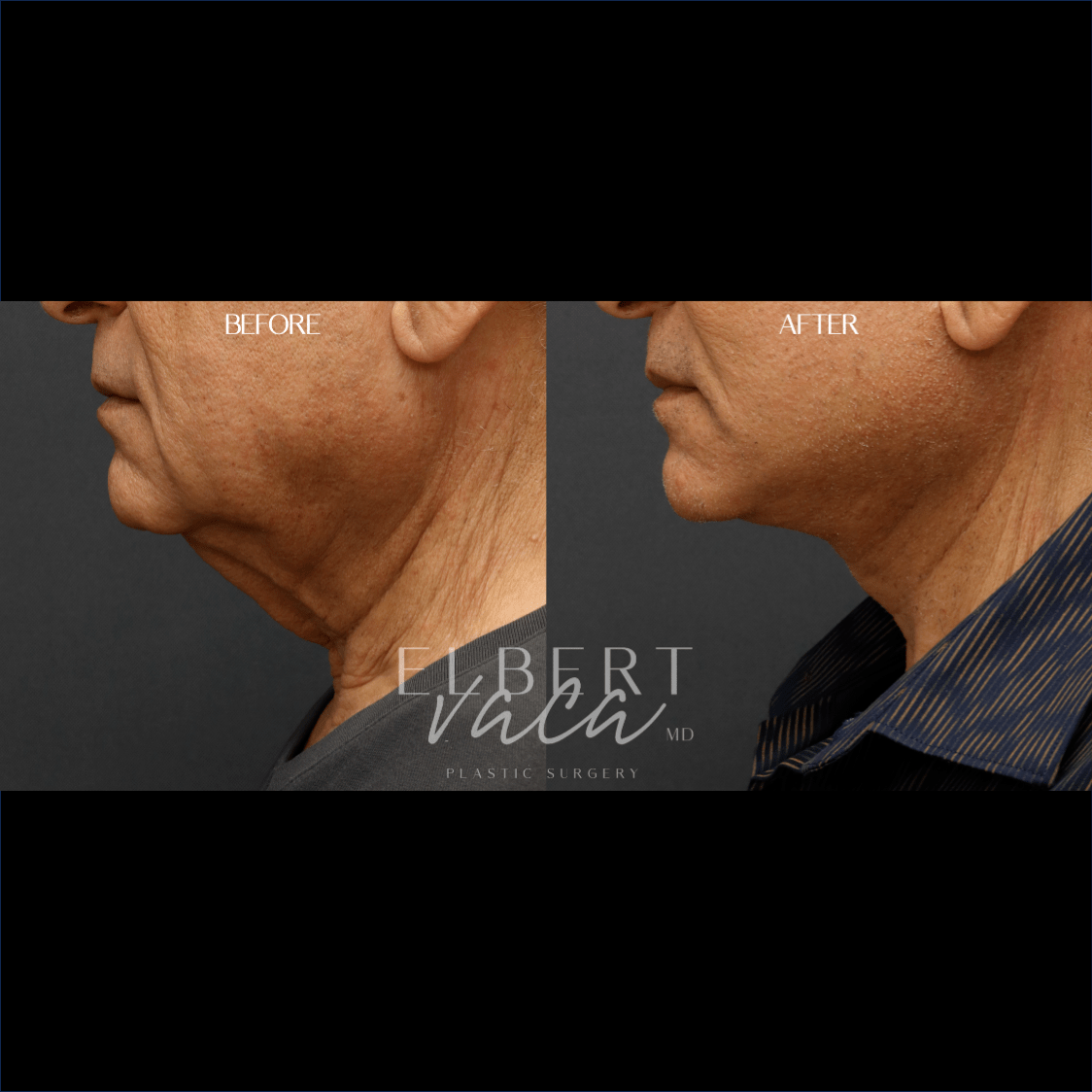
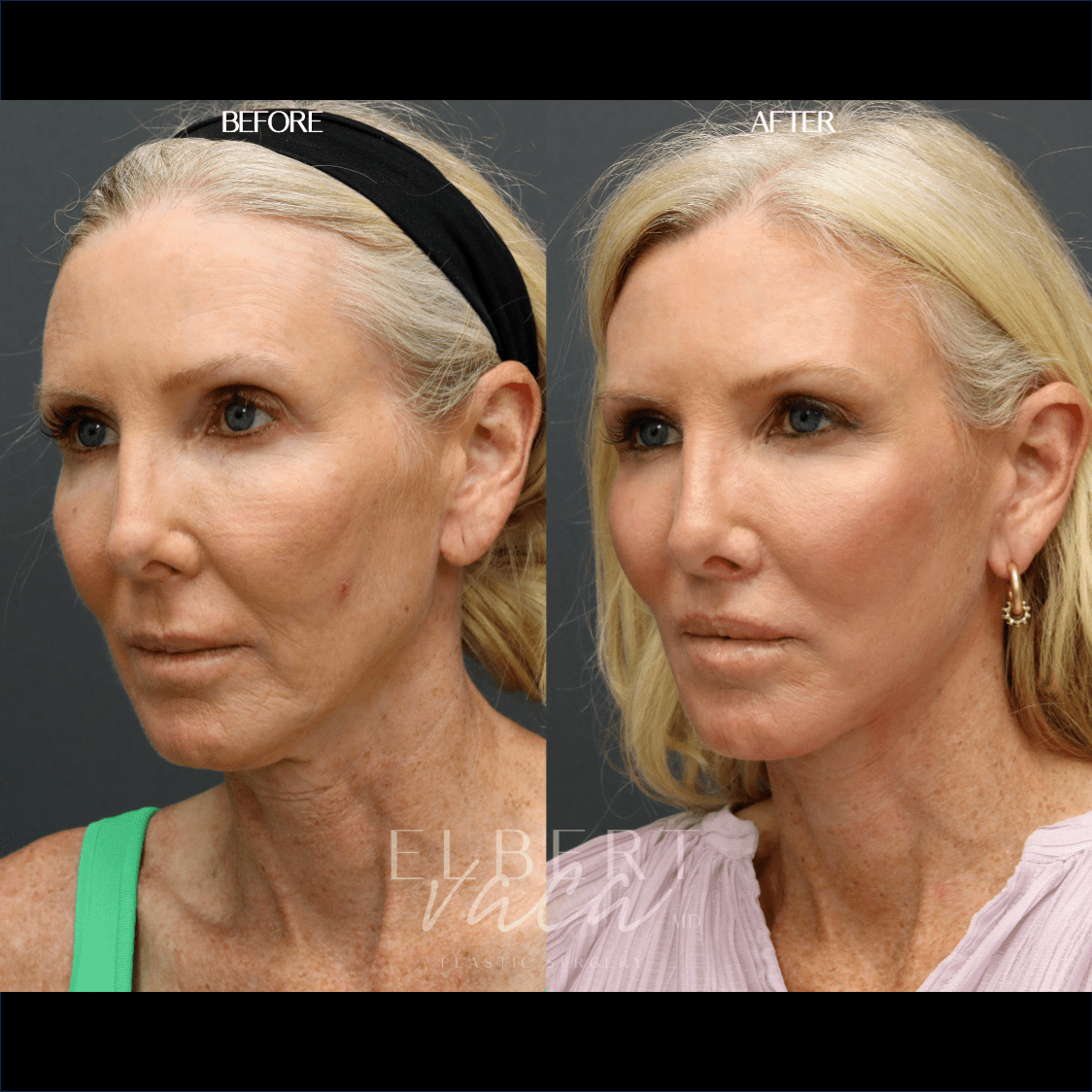
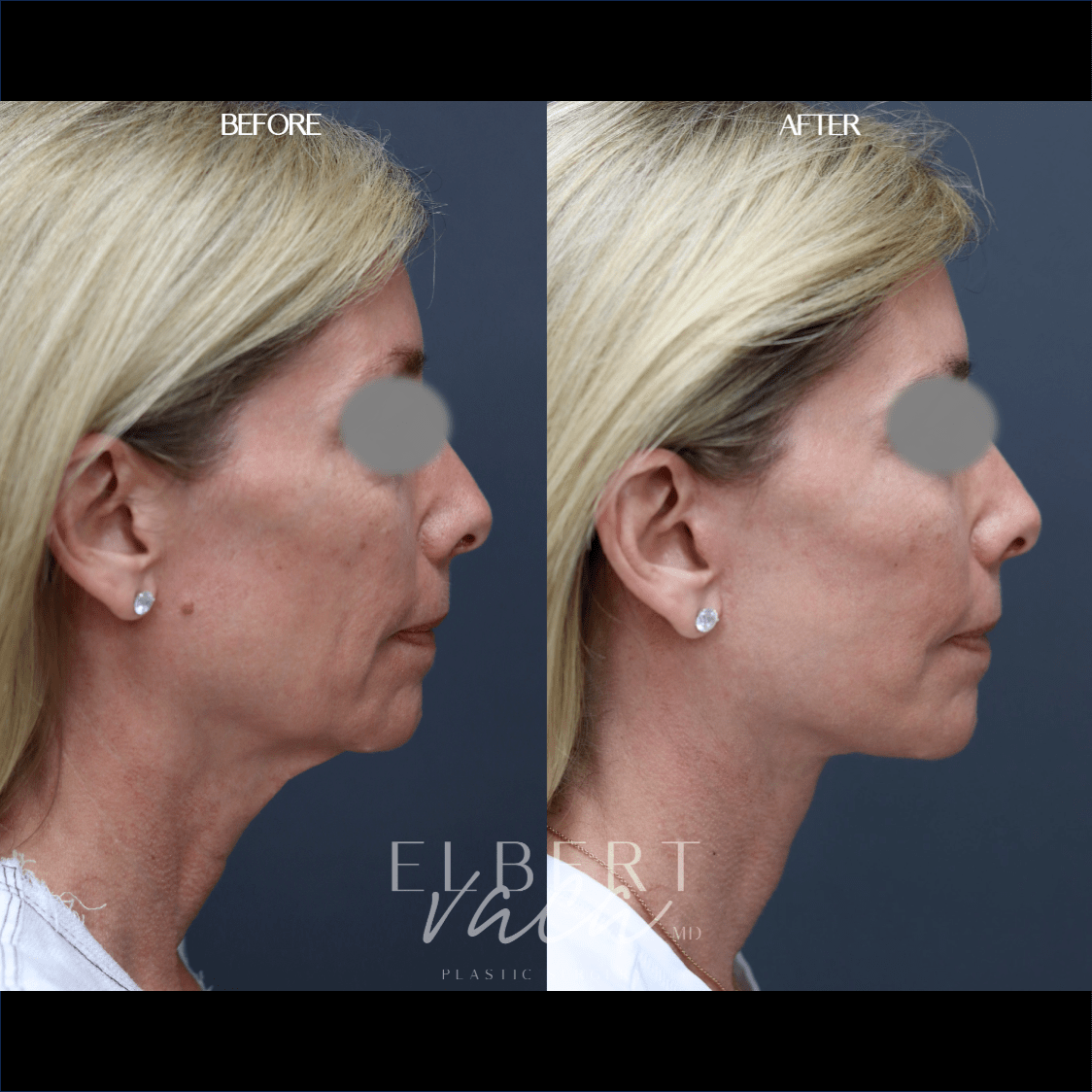
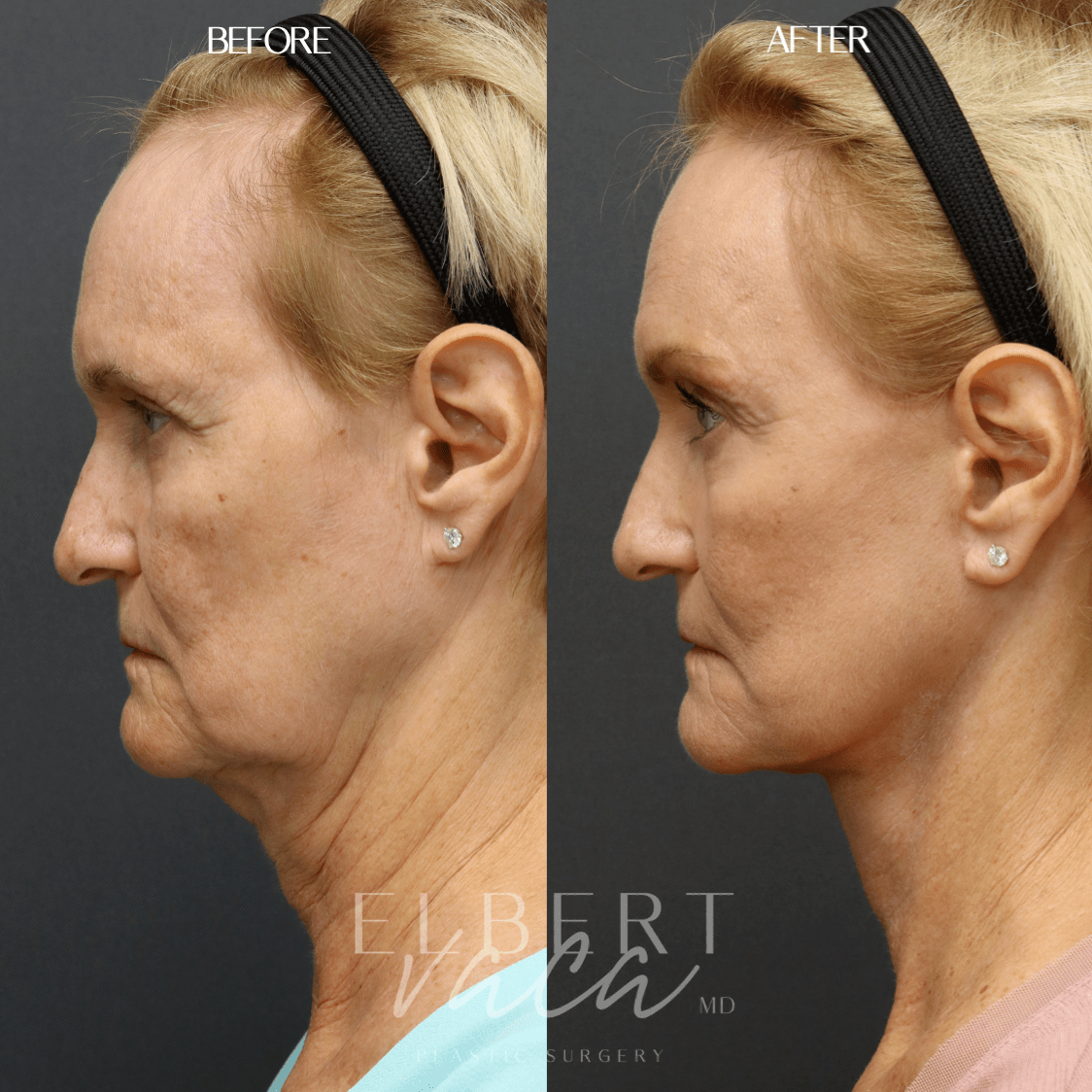
There is no straightforward answer to this question as there is significant overlap between both procedures (facelift - necklift). The surgical approach should be individualized to each patient’s needs and goals. In general, a facelift should also rejuvenate the neck, as the neck is one of the first areas to demonstrate aging changes. The key to an excellent result is a balanced result that avoids an unnatural appearance and harsh transition between the face and neck. However, in the properly selected patient, an isolated necklift may be appropriate if the patient had good skin elasticity with isolated neck contour concerns.
Facelift incisions are concealed along the borders of the ear and lower hairline.
Full Face & NeckliftIt is important to clarify that the term “full facelift” is a commonly misused term to imply that a facelift, necklift AND a browlift (or forehead lift) are to be performed. A “full facelift” does not include a browlift.
For a “full face - necklift”, these incisions are placed along the sideburn, in front of the ear, behind the ear, and beneath the chin. Depending on your individual goals and aging pattern, the length of these incisions may be different.
;)
The additional incision beneath the chin allows for optimal correction of the neck. This incision permits further contouring and definition of the neck - jawline and improvement of the jowls.
A “mini facelift” generally means that only the incision in front of the ear is made. While the term “mini facelift” is understandably appealing to many patients, in Dr. Vaca’s opinion, the results and longevity of a “mini facelift” are underwhelming in the vast majority of patients because this procedure incompletely treats the SMAS layer of the face and does not produce any significant improvement in the neck or jowls.
;)
A “short scar facelift” means there is also an incision placed behind the ear. This incision can be of varying lengths but is not as long as the incision of a “full facelift”. The longer incision behind the ear allows for progressively greater correction of the lower face, jowls and neck. Younger patients with good skin elasticity may be candidates for a short scar facelift. However, a “full facelift” allows for the maximum improvement of the neck area.
;)
;)
There are several described facelift techniques, many of these preferences are surgeon dependent. An effective facelift should lift the deeper muscle layer of the face, known as the SMAS & platysma muscle.
A deep plane facelift technique involves elevation of the facial tissues as a composite flap, meaning that the facial skin, fat and muscle layers are minimally separated and lifted together as a single unit. A deep plane facelift is generally a faster procedure with a somewhat shorter recovery. In Dr. Vaca’s opinion, the limitation of a deep plane facelift is that it does not permit more nuanced sculpting and contouring of excess fat deposits in the face and jowl area, and it does not allow for separate elevation and direction of skin tightening compared to that of the SMAS.
A dual plane facelift technique involves elevation of the muscle layer (known as the SMAS and platysma muscle), and the skin is separately elevated from the muscle layer. In Dr. Vaca’s opinion, a dual plane facelift technique permits greater facelift customization to the individual patient’s needs and allows for greater sculpting and correction of the jowls, a decreased risk of abnormal distortions of facial and neck skin, and results in a more natural appearance.
All types of surgery require an incision and result in a scar. Thankfully, the great majority of facelift incisions heal extremely well and are very easily concealed. It is critical that your surgeon meticulously plan and suture your incisions to conceal them as best as possible.
A meticulously executed facelift closure is both an art and science. Dr. Vaca will closely analyze your ear and sideburn contours to customize your facelift incisions so that they respect your natural contours and anatomy.
Facelift incision healing is a continuous and gradual process. All incisions will initially be visible. The incision will first appear as a thin suture line for the first 1-2 weeks after surgery. Between 2 weeks to 3 months after surgery, the incision line commonly appears pink or red. Between 3 - 18 months, the incision will progressively fade and eventually is difficult to see at conversational distance.